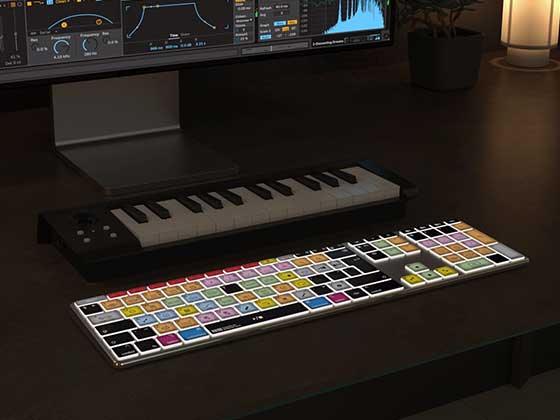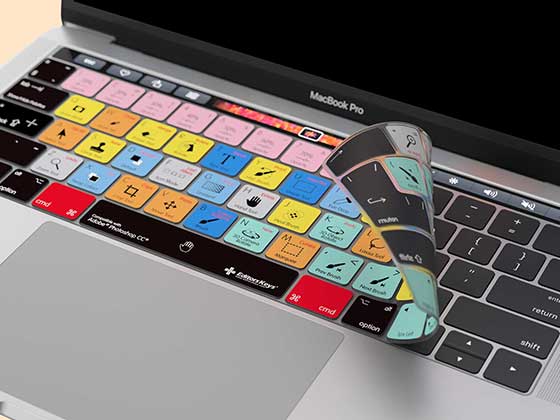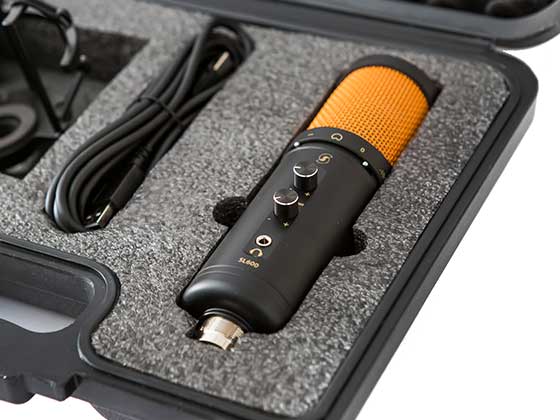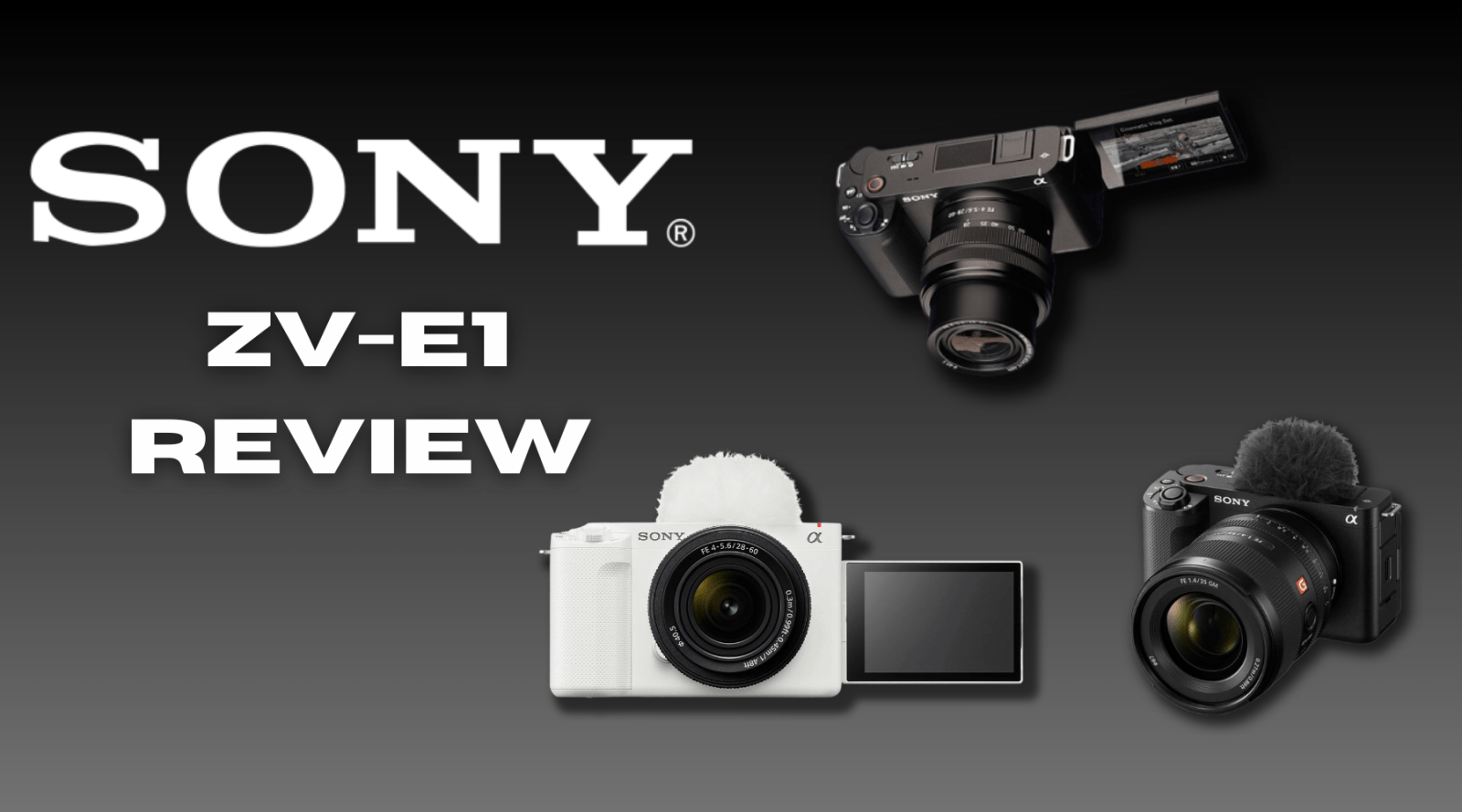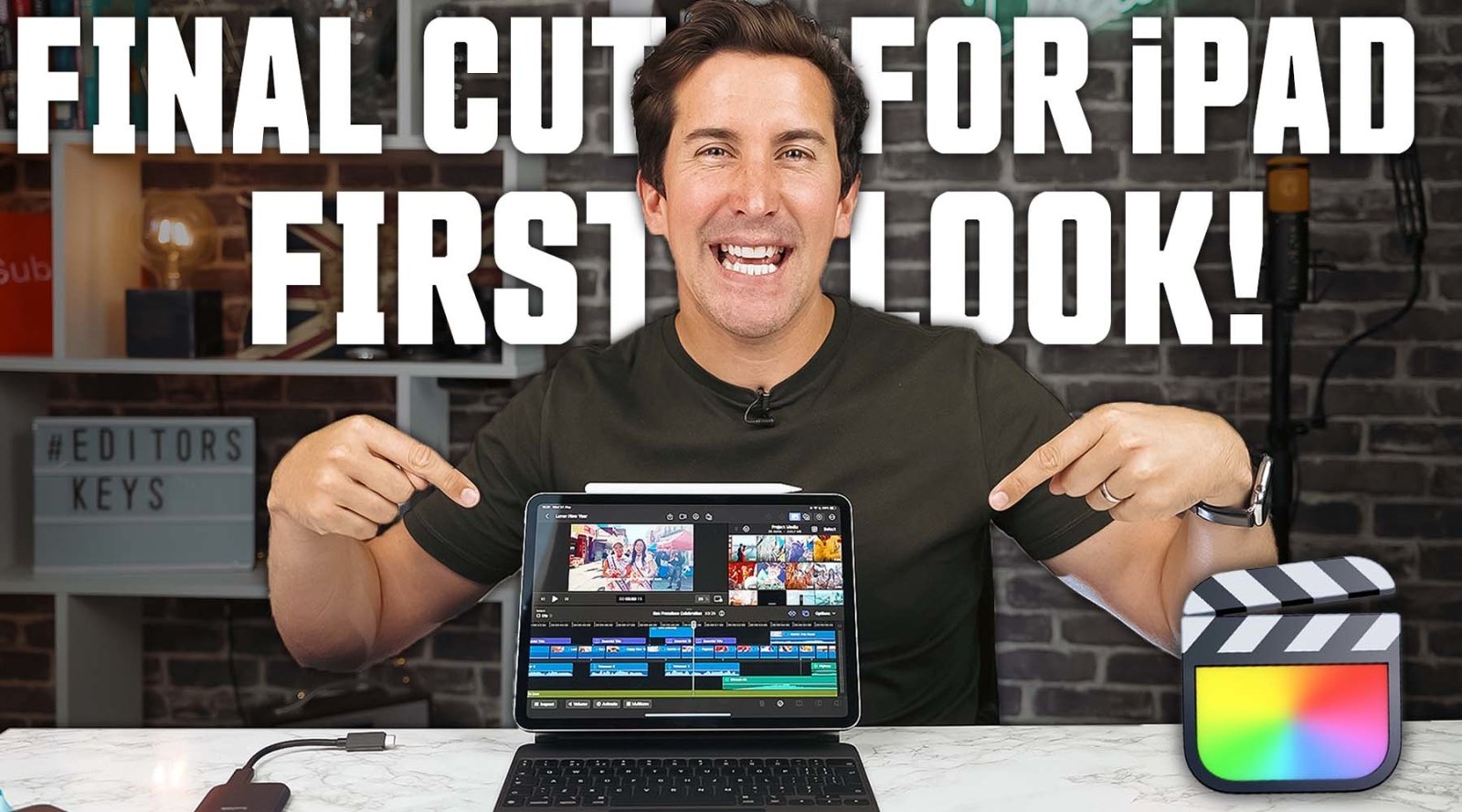The Future of Creative Workflows: Unpacking Apple's Vision Pro for Video Creators and Music Producers
The annual Worldwide Developers Conference (WWDC) has always been an exciting platform for Apple to showcase their latest innovations in tech and design. This year, the event has once again surpassed expectations, with a plethora of exciting announcements from the tech giant. One standout revelation that has piqued our interest is the introduction of the Apple Vision Pro, Apple's latest advancement into the world of Virtual and augmented reality (VR & AR).
The Vision Pro, a futuristic headset designed to revolutionise the way we interact with digital media, holds immense potential for video creators and music producers. Let's delve into the potential impact this cutting-edge technology could have on creative workflows and why you should be excited about it.
Introduction to Apple's Vision Pro
The Vision Pro is not just another AR headset. After seven years in development, Apple has introduced a device that promises to redefine the boundaries of creative workspaces. The Vision Pro is equipped with an impressive micro-OLED display, one per eye, which boasts an impressive 23-million pixels EACH! A robust M2 chip for smooth performance, state of the art sensors and a new R1 chip dedicated to video streaming, so its not far from having a MacBook Pro on your eyes. The Apple Vision will offer a whole new level of realism for the user, whether they're exploring distant lands in a video game, fully immersing in a movie or TV show or remotely collaborating on a group/shared project, users will be able to experience these tasks with a new level of realism and immersion.
The lack of a control device or handset means that users of the Apple Vision will use hand gestures and voice controls in order to navigate the augmented universe within the headset. The sensors used in the Apple Vision include LIDAR, which creates accurate mapping of the user's surroundings and allows for realistic virtual overlaying of objects into the physical world. As well as this, advanced eye-tracking technology enhances the user experience through intuitive control, gaze based interactions and foveated rendering (relating to the areas of the user's vision)
Moreover, Apple has incorporated a feature called "EyeSight", which uses a front-facing display to create an authentic representation of the user, adding a new layer of interactivity and immersion to digital environments. Whenever a person approaches someone who's using the Apple Vision headset, the display will feel transparent to the user, enabling them to see the other person, whilst also displaying the user's eyes on the front of the device for the other person to see. When a user is immersed within an app or virtual environment, Eyesight gives visual cues to others as to what the user is focused on.
Redefining the Creative Space
For video creators and music producers, the possibilities with the Vision Pro are vast. The device allows users to bring their Mac desktop to the digital space, essentially enabling them to work on projects in a projected environment. This could revolutionise the way video editing and music production are done, bringing a new dimension to these creative processes. Vision features a three-dimensional interface that unchains apps from the boundaries of a screen display, so they can appear next to each other and any any size or scale that the user chooses.
For instance, video editors could manipulate clips and transitions in a more intuitive 3D space, while music producers could visualise soundscapes and sequences like never before. Maybe you'll even be able to direct a band how to play, or visualise yourself inside a recording studio, whilst the artists are thousands of miles away, or working on a film in Final Cut Pro an actually stepping inside your footage. From the examples we saw from Disney it looks like videos will be able to reach out and touch you.
Content Creation and Consumption
Furthermore, the Vision Pro encourages a unique way of content consumption. With a built-in 3D camera, users can capture 'Spatial' photos and videos, bringing a new medium of storytelling to the creative world. This could potentially open up new avenues for immersive video creation and music production, which would be revolutionary for content creators and consumers alike.
Imagine being able to work on a video project in Final Cut Pro, for example, and having your project actually in front of you - all the clips, audio, titles and workspace visualised in front of you and fully interactive. As well as this, the introduction of Apple's first ever 3D camera means that users can create, capture and immerse themselves into their memories in full-scale with amazing colour and brilliant detail. Every panoramic picture shot on the iPhone will wrap around the user, immersing them in the moment as if they're standing in the exact spot that the image was first captured.
With the Apple Vision Pro, Facetime calls will be changed forever as the Vision will make use of the space around the user, with every participant in the call taking up their own "tile" in the user's vision. Spatial audio will make it sound as if the participants are speaking from the exact place they show up on the display - so if someone is on the user's left side then the audio will be coming from that side for the user and if the user moves their head, then the audio will move with it to accommodate this. Users who are wearing the Apple Vision Pro during a facetime call are presented to the others on the call as a persona: A digital representation of themselves which is created using Apple's most advanced machine learning techniques, which will reflect face and hand movements in realtime. Users will be able to do things together like watching a film, view photos and videos or collaborate together on a presentation, project or meeting.
Software Support
Apple has not left software support to chance. In addition to launching a new operating system, VisionOS, specifically designed for spatial computing, Apple ensures compatibility with popular applications such as Microsoft Office apps, WebEX, and Zoom. This means that video editors and music producers will still be able to use their favourite tools in this new environment
In conclusion, Apple's Vision Pro represents a paradigm shift in how we approach creative work. As video creators and music producers, the device promises to elevate our craft, introducing new levels of immersion and interactivity that were previously unattainable. The Vision Pro is set to be available early next year, and while it comes with a hefty price tag (around £3500 here in the UK), its potential in changing creative workflows is undeniable.
The future of video creation and music production is here...possibly, and we couldn't be more excited. As we look forward to the release of the Vision Pro, we are eager to see how it will reshape the world of digital media creation. Stay tuned with us at EditorsKeys for more updates and insights into this exciting new era of creativity.

